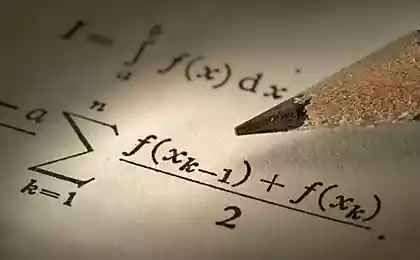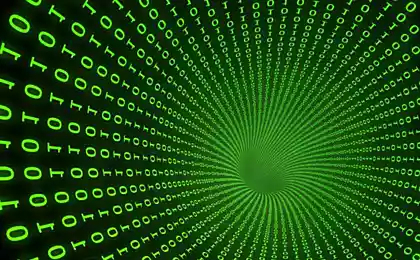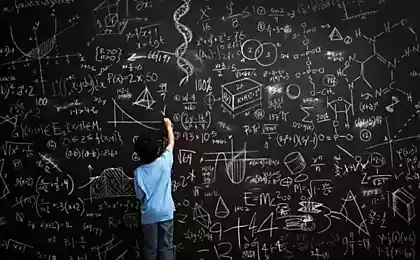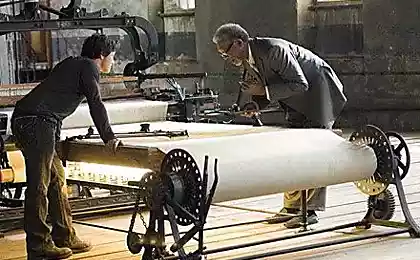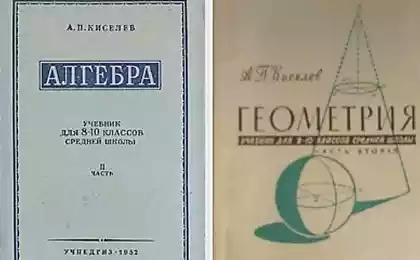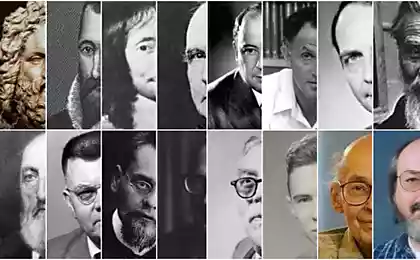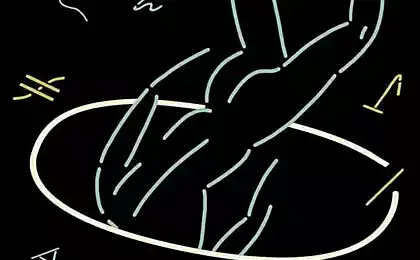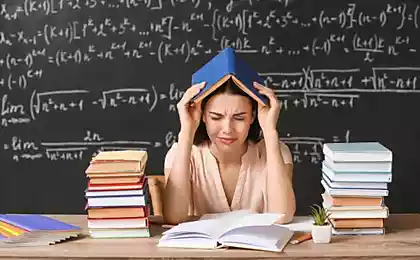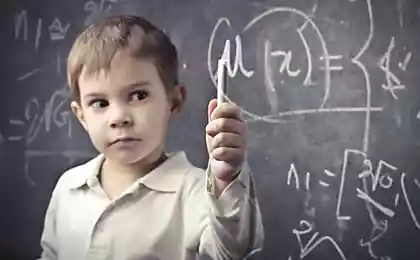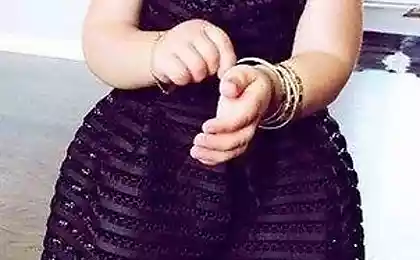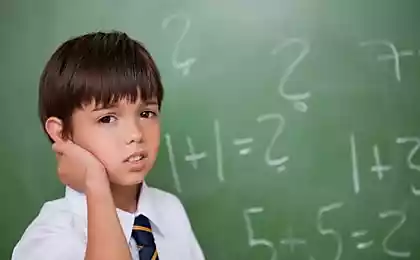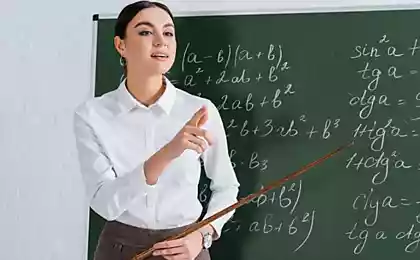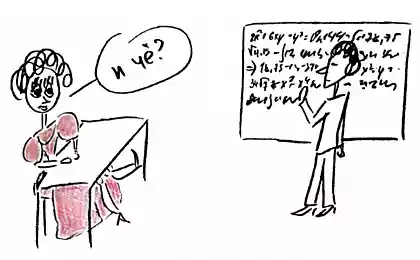187
On the Internet and talk about this mathematical example, try to solve it correctly.
Examples of logic I like a lot more than simple math problems. You need to know the algorithm of actions. And in logical examples, you first need to understand the principle by which they are compiled. I suggest you do it today!
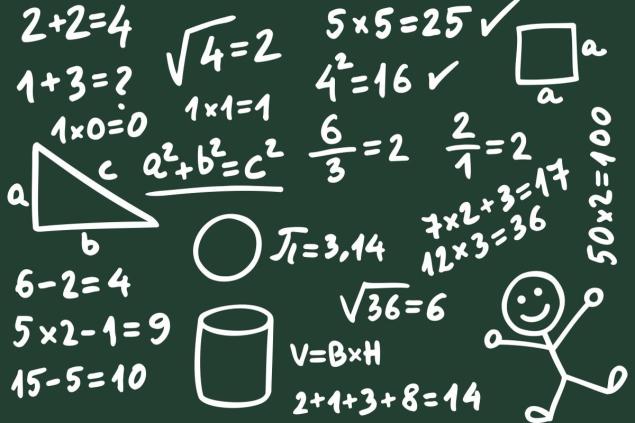
Examples of logic So the problem is very simple. Several examples of answers are given. You need to understand the principle by which they were compiled, and then solve the last example. Try it?
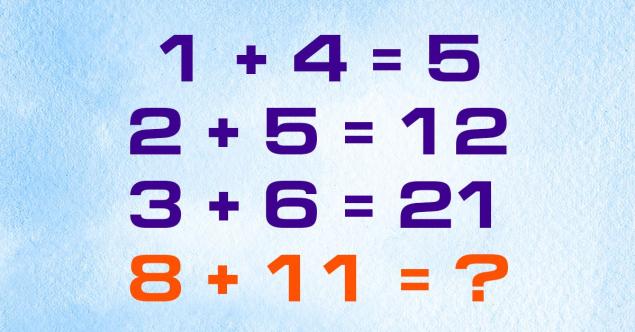
Now let’s see what examples are so interesting. If you look closely at the answers that result, you will find some pattern. The first example is 1 + 4 = 5. This is true, but in the following examples you get a complete nonsense, because 2 + 5 in the total is not 12, but 7.
The logic behind these examples is different. Let's go back to the first example. If you multiply 1 and 4, you get 4. If you add 1 to 4, you get 5. We will do the same with the second example. Multiply 2 and 5, get 10. And then we add 2 to 10, and we get 12. It all fits!

We solve other examples on the same principle to see if it is true. 3 * 6 = 18. And 18 + 3 = 21. In this case, solving the last example is very easy. 8 * 11 = 88. And 88 + 8 = 96. This is the answer to the last example.
I suggest a similar problem, but the principle here is somewhat different. Look at the picture and identify the pattern by which examples are solved.
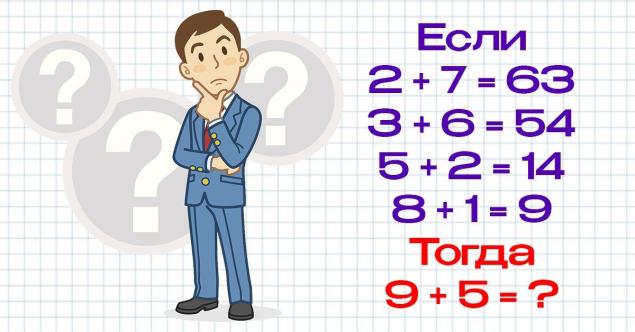
2 and 7 add up to 9. If you multiply 9 by 7, you get 63. 3 + 6 = 9. Multiply 9 by 6 and get 54. Then add 5 + 2. The resulting seven is multiplied by 2 - comes out 14. 8 + 1 = 9. A 9 * 1 = 9. By the same logic, we add 9 and 5. That makes 14. If you multiply 14 by 5, you get 70. Did you get the same answer?
A selection of interesting examples
Correct answers
Did you make the same decisions? Share your answers in the comments with other readers.

Examples of logic So the problem is very simple. Several examples of answers are given. You need to understand the principle by which they were compiled, and then solve the last example. Try it?

Now let’s see what examples are so interesting. If you look closely at the answers that result, you will find some pattern. The first example is 1 + 4 = 5. This is true, but in the following examples you get a complete nonsense, because 2 + 5 in the total is not 12, but 7.
The logic behind these examples is different. Let's go back to the first example. If you multiply 1 and 4, you get 4. If you add 1 to 4, you get 5. We will do the same with the second example. Multiply 2 and 5, get 10. And then we add 2 to 10, and we get 12. It all fits!

We solve other examples on the same principle to see if it is true. 3 * 6 = 18. And 18 + 3 = 21. In this case, solving the last example is very easy. 8 * 11 = 88. And 88 + 8 = 96. This is the answer to the last example.
I suggest a similar problem, but the principle here is somewhat different. Look at the picture and identify the pattern by which examples are solved.

2 and 7 add up to 9. If you multiply 9 by 7, you get 63. 3 + 6 = 9. Multiply 9 by 6 and get 54. Then add 5 + 2. The resulting seven is multiplied by 2 - comes out 14. 8 + 1 = 9. A 9 * 1 = 9. By the same logic, we add 9 and 5. That makes 14. If you multiply 14 by 5, you get 70. Did you get the same answer?
A selection of interesting examples
- Turn on your ingenuity to the fullest to guess what number is encoded under each image. In the end, the bottom example will also have to be solved. However, keep in mind that it has multiplication, and many smart people make a mistake here.
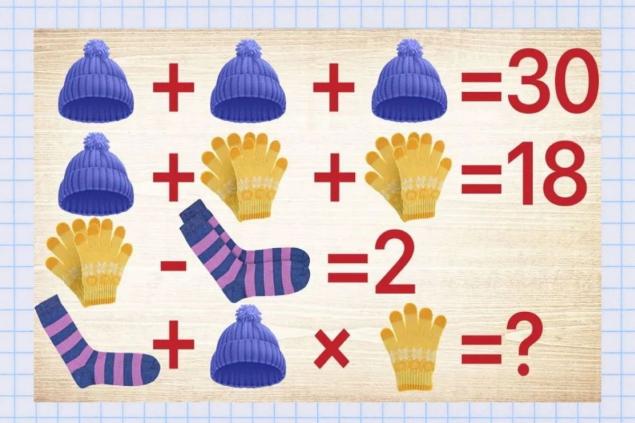
Instagram - We have five rows of numbers, each with an equal sign and a number. Try to understand what logic is hiding here to enter the required number instead of the question mark. You'll be surprised how simple it is.
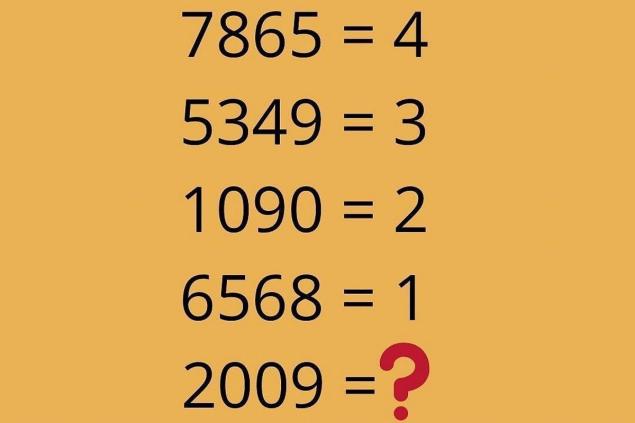
Instagram - You need to understand what numbers are hidden behind the images of a bicycle, a sofa and a house. Only then will the main question be answered.
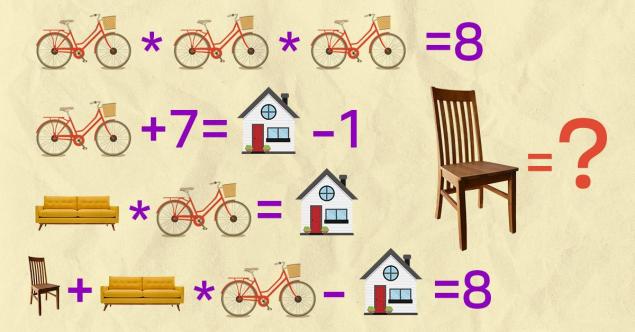
Correct answers
- We quickly find out from the first example that behind the hat is 30 ÷ 3 = 10. Then four gloves are equal to 18 – 10 = 8, which means that behind one glove hides 8 ÷ 4 = 2. A pair of socks is 4 – 2 = 2. There should be a unit behind one sock. And all this allows us to write in numbers the lower example: 1 + 10 × 2 = 1 + 20 = 21.
- It makes little sense to look at the left side of the example. Pay attention to the numbers after each equal sign. So you immediately notice the simplest arithmetic sequence: 4, 3, 2, 1. Therefore, we can assume that instead of the question mark, you should enter “0”.
- If the multiplication of three bicycles gives us 8, then behind one two-wheeled vehicle lies the number 2. In the second example, we need to solve a small equation. If you give it a more mathematical appearance, then 2 + 7 = x - 1. Transfer the unit to the left with a plus sign and get = 2 + 7 + 1 = 10. As you can see, the house replaces the number 10. Therefore, the product of a sofa and a bicycle is ten. Knowing what a bicycle equals, we find a numerical equivalent for a sofa of 10/2 = 5.

In the last example, you will have to recall one of those rules that the teacher of mathematics often repeated. Namely: first perform division and multiplication, and then addition and subtraction. If you replace the chair with the letter "y", the example takes the following form: y + 5 * 2 - 10 = 8.
Recalling the instructions of a favorite teacher, we begin with multiplication: y + 10 - 10 = 8. It's simple. Ten with plus and minus are equal to zero. From here y = 8. To sum up: a bicycle is two, a sofa is five, a house is ten, and a chair is eight.
Did you make the same decisions? Share your answers in the comments with other readers.
Recently, I argued with my husband, is it possible to stand under the green arrow at a traffic light, if you need to go straight
Young people spit, and we remember the family Soviet traditions with nostalgia




